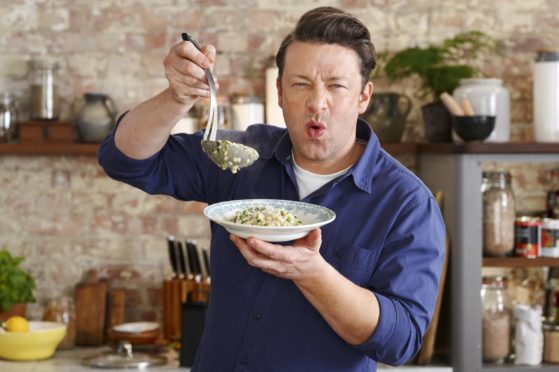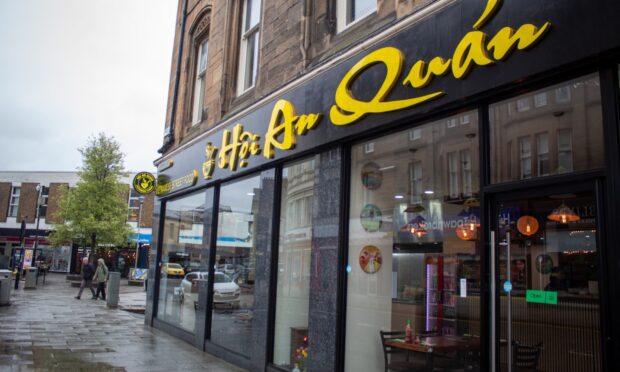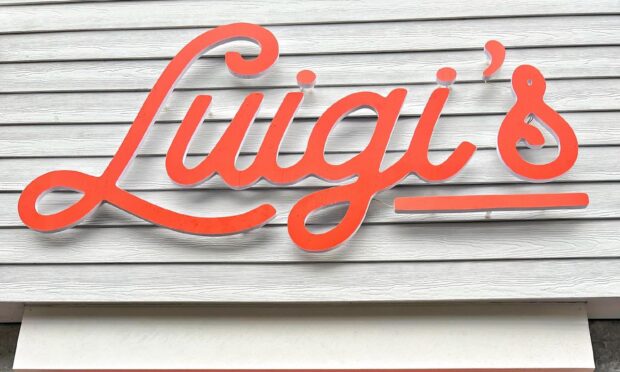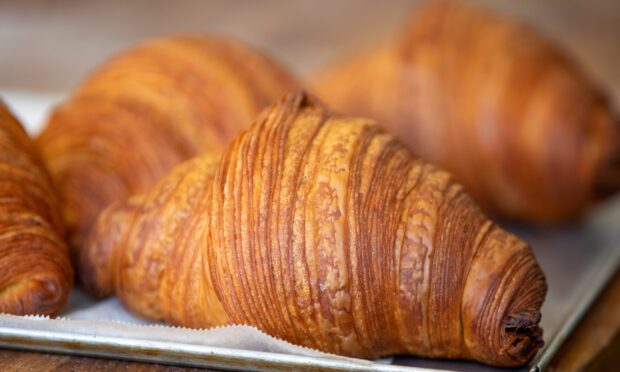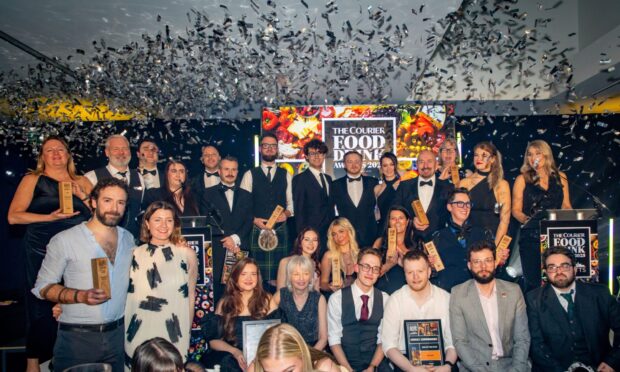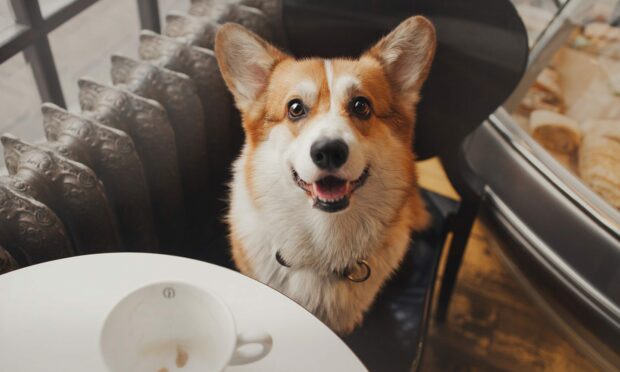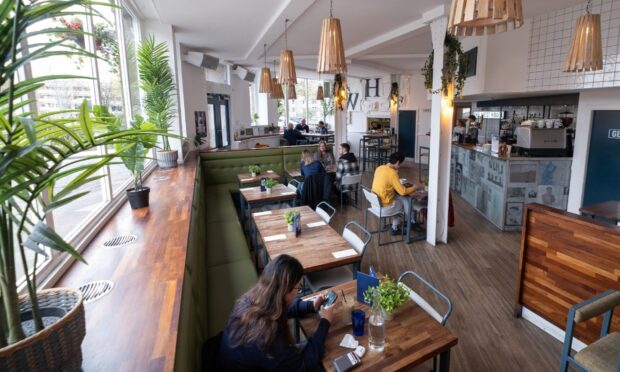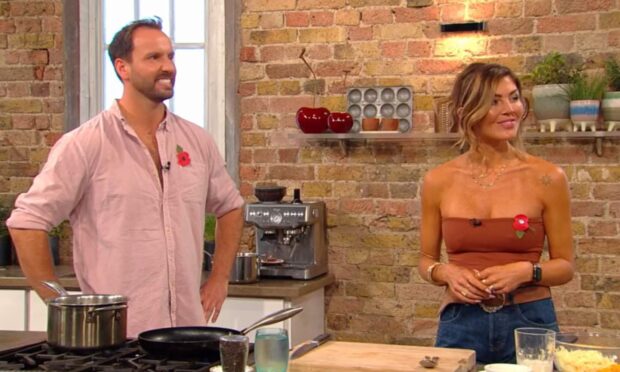Jamie Oliver has led the way in many a food revolution, but just what is it about his cooking that makes him one of the nation’s most popular chefs time and time again?
There are very few Brits, if any, who haven’t heard of Jamie Oliver. He’s become a household name in his own right after becoming one of the country’s best loved and most widely-recognised chefs.
Now a recent survey, by soy sauce brand Kikkoman, has dubbed him the “undisputed king of home cooking” following his recent Channel 4 series Keep Cooking and Carry On, which aired at the start of lockdown.
In the survey, which asked 2,000 people across the country who their favourite chef had been during lockdown, Jamie walked away with 34% of the vote, followed by Mary Berry and James Martin, who came in joint second with 22%.
But just what is it that people love about Jamie Oliver and how has he managed to win a place in our kitchens year after year? Here, we seek to answer this question by looking back at some of his career highlights.
The Naked Chef
Back in the 1990s, Jamie Oliver was at the forefront of a food revolution, according to pundits of the foodie persuasion.
It was while filming a documentary about London’s famous River Cafe, where Jamie Oliver was the sous chef, that television executives discovered him, leading to his first cooking show The Naked Chef in 1999.
It seems much of Jamie’s success was that he was able to latch on to this food revolution in the 90s, one in which people weren’t wanting to cook at home as much, ready meals became more popular and many couples weren’t having children until their 30s or 40s, and so didn’t care so much for the family recipes.
“BBC 2 needed to find a new way to entice us back into the kitchen,” said presenter Mel Giedroiyc on recent BBC documentary The Home That 2 Built.
“The Naked Chef brought the genre kicking and screaming into the 90s.”
Former TV chef and restaurateur Anthony Worral-Thompson commented: “Through Jamie, food had become a hobby now, not a necessity. It became cool to cook.”
Following the successful TV series came Jamie’s cookbook of the same name, which went on to be a number 1 bestseller.
Early 2000s
Then, in 2003, at the age of 28, Jamie was bestowed with an MBE after leading a documentary in which he transformed the lives of 15 disadvantaged young people by teaching them to be chefs at his restaurant Fifteen.
In 2005 he took his civic duties quite literally and began the Feed Me Better campaign, aimed at getting kids to eat (and fed with) real food at school. More than 271,000 people signed the petition and the celebrity chef was able to influence government policy that revolutionised the type and amount of food children were offered at school, for the better.
In 2008, he opened his first restaurant chain Jamie’s Italian, which went on to have 42 branches at its peak, before running into financial difficulties.
His food revolution and changing the way we think about it wasn’t unique to the early 2000s as Jamie won the 2010 TED prize for his 20-minute TED talk on obesity and preventable food-related health problems.
Since 2010
In the last decade, Jamie has had an array of shows take to our screens, including Jamie’s Great Britain (2011), in which he travelled the length and breadth of the country to learn more about the food we love.
Then there was Jamie’s 15-minute meals, which challenged all of us to whip up amazing home-cooked meals in the kitchen, in the same amount of time it would take the majority of us to buy, pierce and prepare a ready meal to our liking.
In 2014 came Jamie and Jimmy’s Friday Night Feast which is still on TV today and numerous other shows, such as Jamie’s Quick and Easy Food (2017-18) followed suit.
After an almost 11-year run his restaurant chain closed earlier last year. The collapse of the business led to the loss of 1,000 jobs, and the chef came under fire for paying himself £5.2m in dividend in the previous year despite a slump in profits.
Despite the closure, the chef said in a statement at the time that he and his team had accomplished what they’d set out to do:
“We launched Jamie’s Italian in 2008 with the intention of positively disrupting mid-market dining in the UK high street, with great value and much higher quality ingredients, best in class animal welfare standards and an amazing team who shared my passion for great food and service. And we did exactly that.”
Survey
Jamie’s star rose again when lockdown was thrust upon us and, as we found ourselves confined to our own households for several weeks, many of us dusted off our celebrity chef cookbooks and got a little more creative in the kitchen, so said the Kikkoman survey.
While 64% surveyed own at least one of Jamie’s cookbooks, his recent TV cookery show Keep Cooking and Carry On which aired on Channel 4 over lockdown, provided a timely boost to his profile and helped us find new ways to use our old store cupboard favourites.
A whopping 94% of those who voted for Jamie said they’d seen him on TV and had given his recipes a go, such as this homemade pizza recipe that is very simple and quick to make.
Cooks across the country clearly enjoyed some “pukka” dishes, as Jamie’s recipes were chosen for their easy-to-follow style and were trusted to work, with a staggering 86% saying they got the results they wanted first time round. Nearly all (93%) had cooked one of Jamie’s savoury recipes, with Asian (37%) the most popular, followed by British (32%), and Italian (26%).
